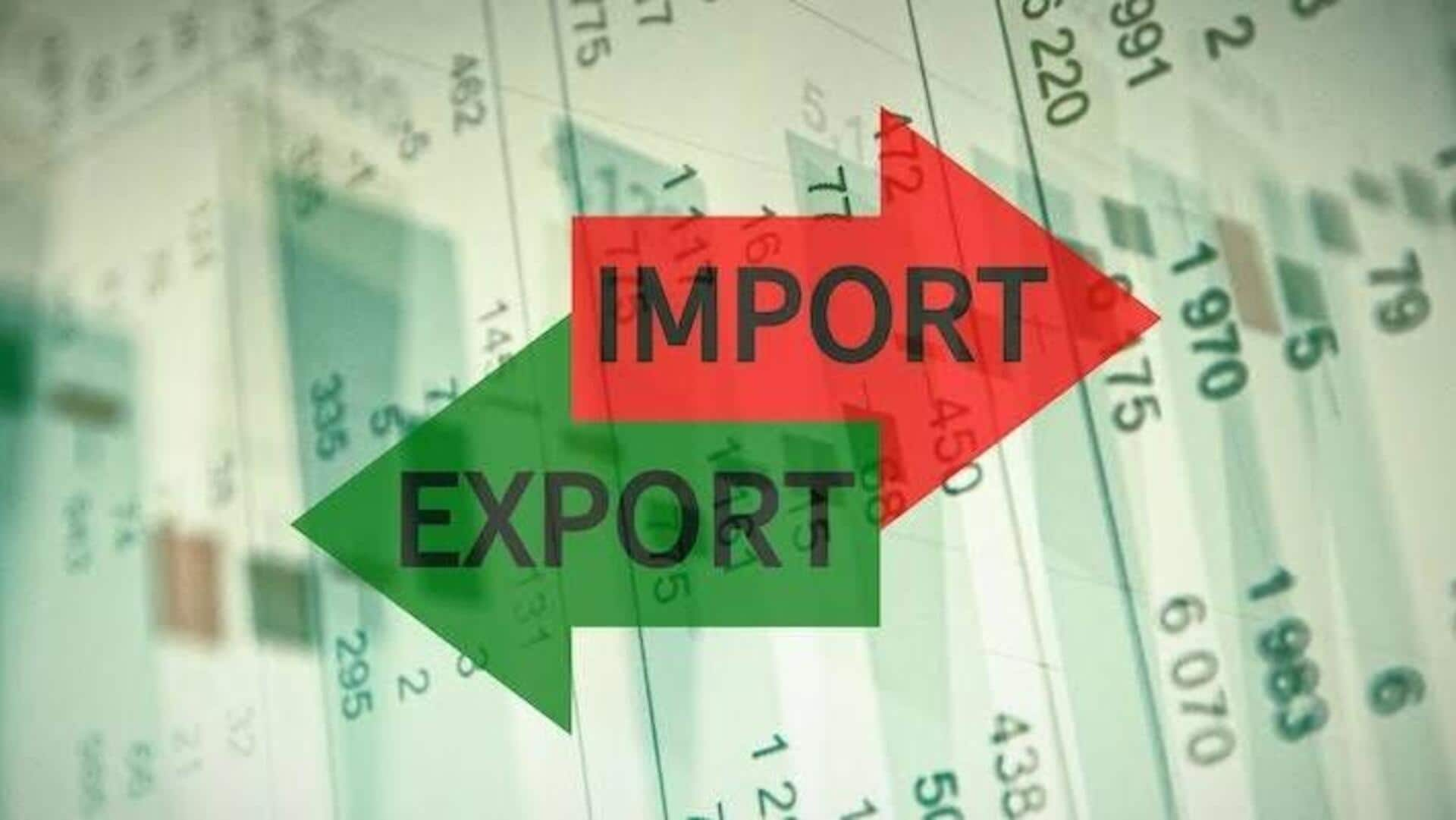
Goldman Sachs lowers India's CAD forecast to 1.3%: Here's why
What's the story
Goldman Sachs has lowered India's current account deficit (CAD) forecast for 2024 to 1.3% of GDP, down from the previous 1.9%, due to reduced oil prices and higher-than-anticipated services exports.
The investment bank also adjusted the CAD forecast for 2023 to 1% of GDP, a decrease from the earlier 1.3%.
Goldman Sachs in its report states that India's external balances remain favorable, backed by a low CAD, strong public market capital flows, sufficient forex reserves, and minimal external debt.
Details
Factors contributing to the reduced CAD in 2024
Decrease in India's CAD in 2024 is attributed to a 0.7% drop in oil trade deficit, a 0.2% rise in services trade surplus, a 0.2% increase in non-oil trade deficit, and a 0.1% reduction in primary income, according to Goldman Sachs.
The report also anticipates a weaker dollar, suggesting a "Goldilocks" environment for external balances.
India's CAD fell to 1% of GDP during Q2 FY24, down from 1.1% in the previous quarter, mainly due to a shrinking merchandise trade deficit.
What Next?
India's oil imports drop in 2023; service exports steady
Goldman Sachs forecasts a drop in crude oil prices for 2024, estimating an average of $81 per barrel, down from their previous projection of $90.
The report notes that India's oil imports were at $164 billion in January-November 2023, lower than the same period in 2022 ($189 billion), as oil prices were about 18% lower on average in CY23 than CY22.
Meanwhile, service exports in November 2023 slightly declined to $28.69 billion compared to October's $28.70 billion.
Insights
Capital flows, economic growth crucial for India's CAD
The investment bank expects capital flow conditions to improve for India due to strong domestic growth, its inclusion in the JPMorgan Government Bond Index (JPM-GBI), and expectations for the US Federal Reserve to begin lowering interest rates over the year.
The Indian economy, which expanded 7.6% during Q2 FY24, remains the world's fastest-growing major economy, driven by government spending and robust performance in manufacturing, mining, and construction sectors.
Facts
BOP surplus, rupee outlook are other key factors to consider
Goldman Sachs forecasts a balance of payment (BOP) surplus of $39 billion for FY24, dropping to $27 billion in FY25.
The report indicates that India's external vulnerabilities will remain low, with comfortable import cover at around 11 months, higher than the pre-pandemic average of 9.5 months.
Despite the positive external balance situation, Goldman Sachs expects the rupee to underperform most emerging market Asian currencies as the RBI is likely to accumulate inflows and build forex reserves at every opportunity.